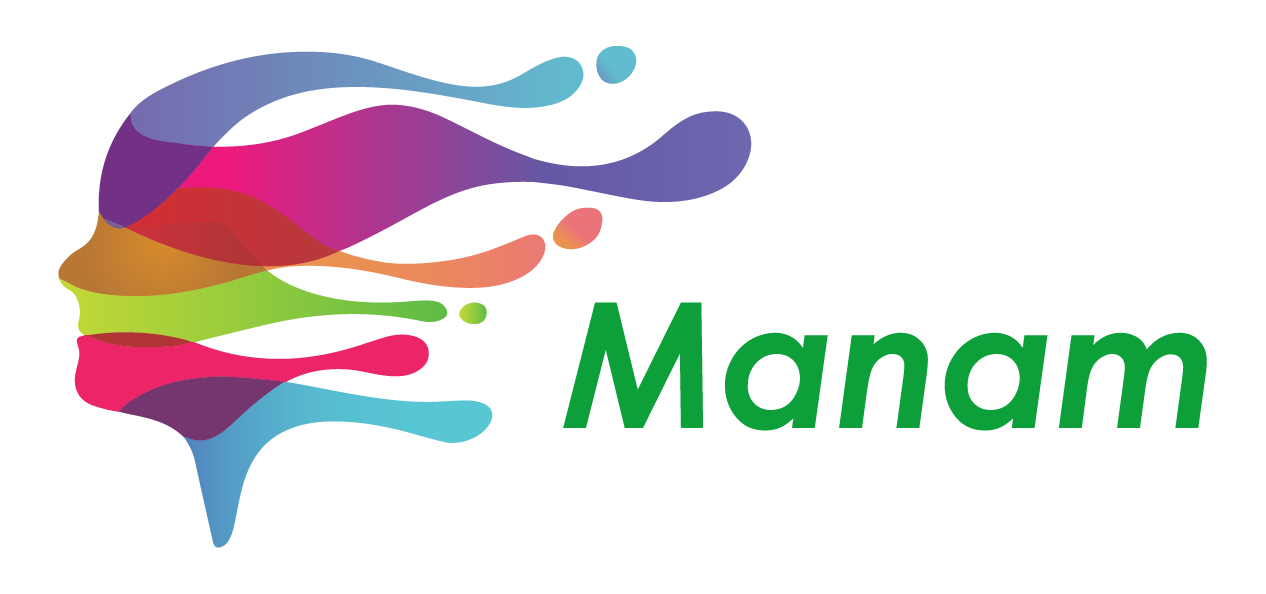
Art Therapy
Art is a bridge between mind and intellect. It works as a mediator, a communicator, and a negotiator between mind and intellect, help us to calm ourselves down, be aware and reach the mindfulness state.
₹ 499

Why Art Therapy ?
Complementary Therapists Accredited Association – CTAA – UK
American Art therapy Association- USA.
Art is a bridge between mind and intellect. It works as a mediator, a communicator, and a negotiator between mind and intellect, help us to calm ourselves down, be aware and reach the mindfulness state.
Why Art Therapy
Art therapy is to improve people’s well-being.
Makes the individual to feel good, importance & understood.
Allow individuals to express themselves and gives them the sense of accomplishments.
It makes people feel seen, heard, and understood.
Improves self-esteem and gives therapeutic effects to the individuals.
Art therapy helps conditions that relate to mood, such as anxiety and depression.
Art Therapy for Adults
Art therapy for adults facilitates creativity and artistic expression to improve a person’s mental, emotional, and physical well-being.
Results of a 2016 study published in the Journal of the American Art Therapy Association found that just 45 minutes of creative activity can reduce your stress, regardless of artistic experience or talent.
Need for art therapy for adults
Art therapy offers adults a vibrant palette of tools for self-discovery, emotional healing, and personal growth.
In a world where stress and anxiety often paint our daily lives in shades of grey, art therapy emerges as a colourful beacon of hope, inviting us to explore the depths of our psyche through the language of visual expression.
In a society that often values verbal communication above all else, art therapy provides a much-needed alternative for those who struggle to put their feelings into words of oneself.
They provide a sense of containment and safety, which can be particularly helpful for those dealing with overwhelming emotions.
Incredibly empowering about creating tangible representations of our inner experience.
Art Therapy is a therapeutic intervention which helps adults to overcome
- Burnout
- Induced stress
- Relationship issues
- Exhaustion
- Performance issues
- Reduced Creativity
- Overcome anxiety
- Overcome depressions
- Overcome cynicism at work
- Improves team bonding & team dynamics
- Improves individual productivity
- Enhanced energy at the work place
- Breaks the monotony both at home and at work place
- Creates a bonding with parents and their children
- Increases physical, mental & intellectual part of the individuals
We do individual therapy for working professionals as well group therapy for corporates.
Art Therapy for Children
We tap into the creative world of children, offering them a space to express, heal, and grow. Art therapy for children becomes a bridge to understanding their emotions and challenges. we work on a solution-focused framework and guide them towards positive outcomes.
We engage with children on a deeper level, helping them unlock their potential through non-verbal forms of expression.
How Art therapy works for children:
- Enhances Creativity
- Improves concentration
- Move away from gadgets
- Improved academic skills
- Improved coping skills
- Make them to manage their mood swings
- Improved parent relationship
- Cognitive simulation
- Advancing social skills
- Manage the physiological & biological changes
Art therapy activities for Kids :
This therapeutic approach uses many different artistic forms and mediums. Common examples of art therapy activities include Drawing, colouring, painting, or doodling. In art therapy, colours can hold significant emotional value. Warm colours are stimulating and energizing, while cool colours tend to be calming and soothing.
Art therapy for teens
Teens might use collage or graffiti art to explore identity and navigate the often-turbulent teenage years. This form of expression may help in reducing anxiety and boosting self-esteem.
Initial Sensing & Building Rapport
We listen to the issues of the client. Gives the client a safe platform to express their problems. The counsellor understands both verbal and non-verbal communications of the client. They both create the rapport and build a positive relationship. It’s the foundation laid for future sessions.
Assessment
We assess the problem statement of the client, analyse it and understand the severity of the issue. This includes the triggers, frequency, environment, and other factors inducing the discomfort for the client.
Setting Objectives
This stage we set the objectives in collaboration with the client. This will be a time bound realistic one with the client committing to a step leading to an agreed outcome.
Intervention
We work on the intervention to be applied to achieve the objectives. Based on the assessment and the present condition of the client, we decide on the interventions to be applied. It would be a therapeutic intervention in a non-medical environment.
Evaluation
Drawing the process to a close must be planned well in advance to ensure a positive conclusion is reached between the therapists / counsellors and the client. At times the process may an ongoing process which the client will be continuing on their own.
Any Questions
Mon - Sat: 09:00 - 20:00
Sunday: 09:00 - 12:00
Chennai, Tamil Nadu, India.
600094
+ 91 9600950966
contact@manam.ai
